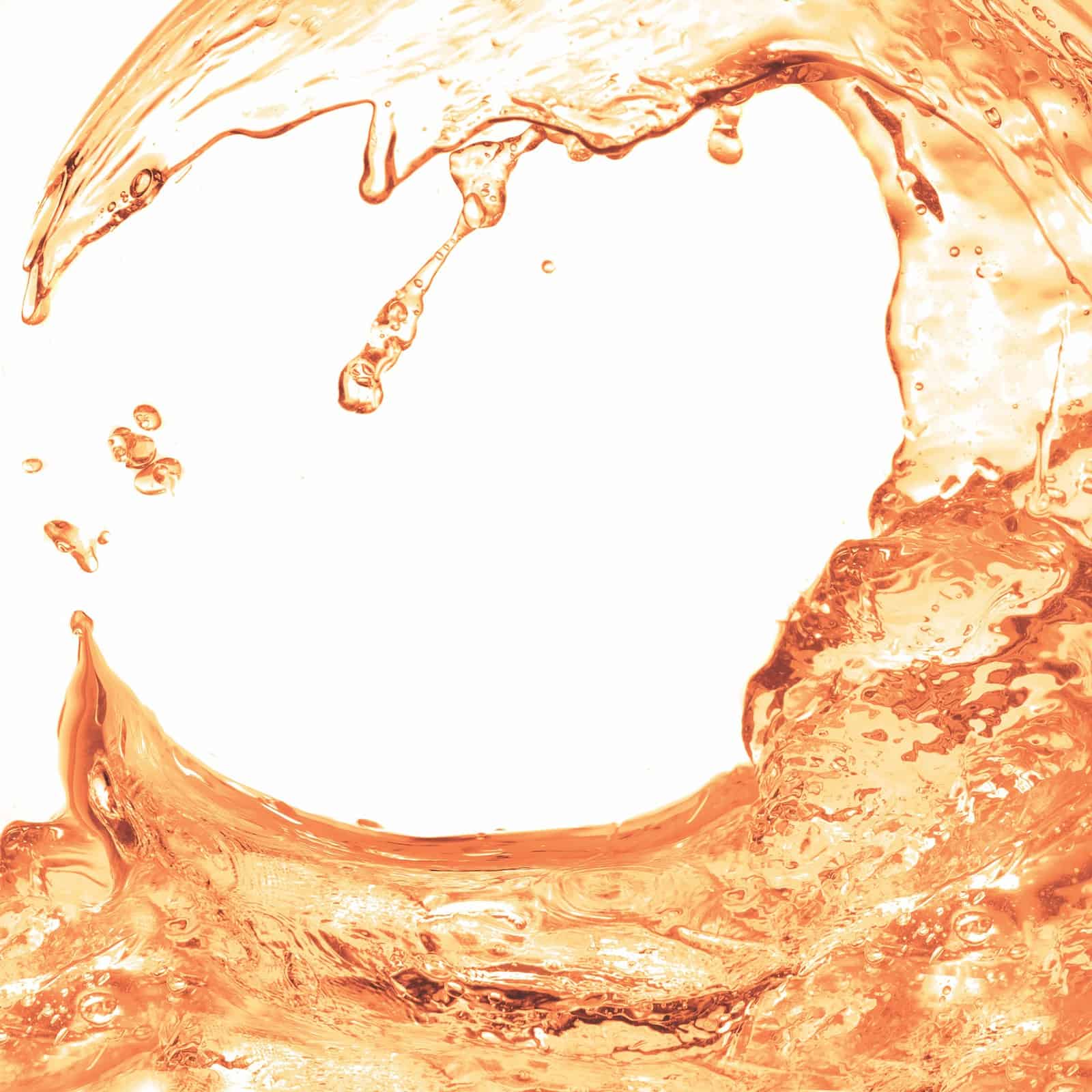
What if we lived in a world where it wasn’t “rosé all day,” but rather, “orange wine all…” Okay, so nothing rhymes with orange. But you get the gist. Orange wine is the latest trend in skin-contact wine—essentially, it’s white wine made like red wine: using the skin of the grapes. (White wine is typically made by first pressing the skins off and allowing the juice to ferment separately, while red wine is made from the must, or pulp, of the grapes fermented with skins intact.) Orange winemakers allow grape skins to mingle with the juice during the fermentation process. The longer they’re left to play, the more orange the wine.
Despite what your Instagram feed may have led you to believe, this fad has been around for centuries—not just the few months you’ve been following #orangewine (with a whopping 59,300 posts). The tradition dates back at least 5,000 years to the Caucasus region—modern-day Georgia—where large vessels called qvevri held wines as they fermented, skins and all. In the West, orange wines were more obscure until Italian winemaker Josko Gravner revived the art of ramato (the Italian term for auburn-hued wine) in the 1990s; US winemakers like Channing Daughters in New York followed suit in the late 2000s.
“When people ask me to recommend an orange wine, it’s usually more of an unforgettable experience they’re after, rather than some specific color,” says Lauren Friel, sommelier and owner of Rebel Rebel wine bar in Somerville, Massachusetts. Let this be a lesson in judging books by their covers: Orange wines—which can be made using any white grape varietal—come in all shades, from orange-ish or “baby orange” (a Friel-ism) to hues bordering on full-blown Cheeto.
Georgian
Vintners from this Caucasus country continue to produce some of the finest (and priciest) skin-contact wines on the market. While admitting that it’s difficult to generalize about large regions, Friel says that there are some definite markers for Georgian orange wines. They tend to be darkest in color, often trending towards amber. They often contain powerful, earthy notes, almost wild in their force. “Georgian winemakers produce on a smaller scale, making them costlier, and they tend to use methods tied to tradition,” according to Friel. When it comes to pairing, aim for saltier cheeses that will stand up to the rich tannins.
Marcel Petit Comté + Our Wine 2010 Rkatsiteli
Pecorino Sardo PDO Maturo + Ramaz Nikoladze 2013 Tsitska-Tsolikouri
Italian
Italian orange wines tend to boast more citrus, less earth, and bold, aromatic qualities. One of Friel’s favorite orange wines is Terra dei Preti in Umbria, with its notes of jasmine tea and honeysuckle. However, Sicilians are much better known for wines of this hue. Serve an orange wine from Italy—typically a bit closer in color to butterscotch—alongside a cheese with plenty of personality; your pairing should be as potent as its boozy counterpart.
Sartori Espresso BellaVitano Reserve + 2017 Bianco di Ampeleia
casArrigoni Nababbo + Collecapretta Terra dei Preti
Domestic
Americans take a quintessentially American approach to orange wine: everything is fair game. “Domestic producers tend to focus on the technicalities of winemaking, so these orange wines can be a bit more stable—they can feel more pure because they don’t travel as far,” says Friel. But don’t let their looks fool you. Domestic orange wines can be funkier than their imported counterparts; California’s Dirty & Rowdy is making domestic orange wines that are both resinous and punchy with rich, honeyed texture, while Vermont’s La Garagista is producing downright earthy pours. Spring for equally funky cheeses to match.
Vermont Creamery Bonne Bouche + Dirty & Rowdy Semillon
Blue Ledge Farm Lake’s Edge + La Garagista 2016 Vinu Jancu




